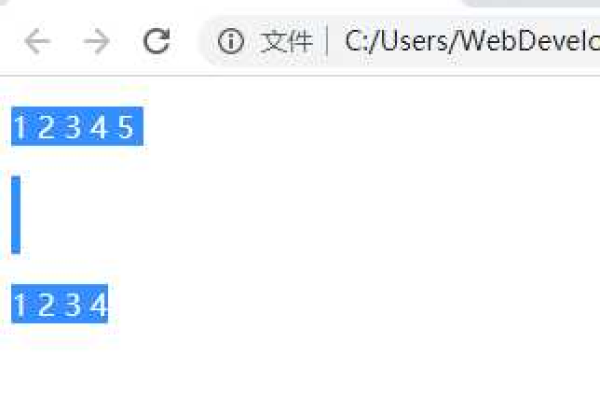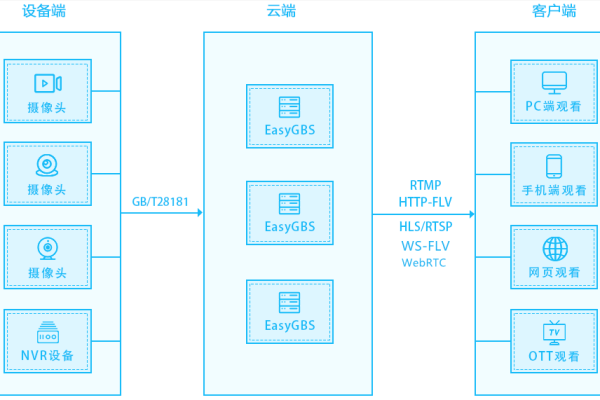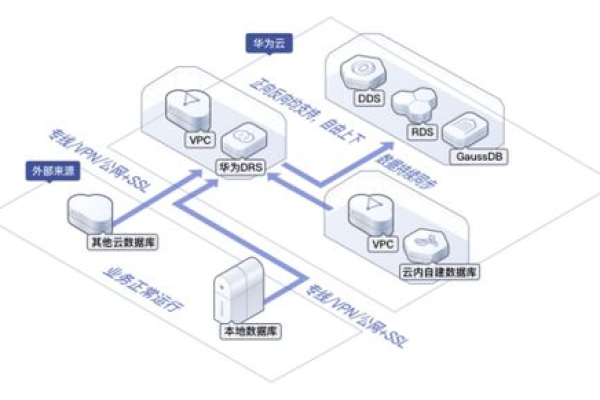python中startswith函数的用法
- 行业动态
- 2024-03-19
- 3
在Python中,startswith()是一个内置的字符串方法,用于检查一个字符串是否以指定的子字符串开头,如果是,则返回True,否则返回False,这个方法非常实用,可以用于筛选、分类或处理文本数据。
语法
str.startswith(prefix[, start[, end]])
prefix:必需参数,表示要检查的子字符串。
start:可选参数,表示从哪个索引位置开始检查,默认为0。
end:可选参数,表示在哪个索引位置结束检查,默认为字符串的长度。
使用示例

1、基本用法
text = "Hello, world!"
result = text.startswith("Hello")
print(result) # 输出:True
2、指定起始位置
text = "Hello, world!"
result = text.startswith("world", 7)
print(result) # 输出:True
3、指定结束位置
text = "Hello, world!"
result = text.startswith("Hello", 0, 5)
print(result) # 输出:True
4、使用变量作为前缀
prefix = "Hello"
text = "Hello, world!"
result = text.startswith(prefix)
print(result) # 输出:True
应用场景

1、文件名筛选
假设我们有一个文件夹,里面有很多以不同前缀命名的文件,我们可以使用startswith()方法来筛选出特定前缀的文件。
import os
folder_path = "/path/to/your/folder"
prefix = "example"
for file_name in os.listdir(folder_path):
if file_name.startswith(prefix):
print(f"Found: {file_name}")
2、文本处理
在处理大量文本数据时,我们可以使用startswith()方法来快速判断文本的类型或格式。
text = "This is a sentence."
if text.startswith("This"):
print("This is a special sentence.")
else:
print("This is a normal sentence.")
3、数据清洗

在数据清洗过程中,我们可能需要删除或替换以特定前缀开头的数据,这时,我们可以使用startswith()方法来辅助完成这个任务。
data = ["apple", "banana", "orange", "example_fruit"]
cleaned_data = [item for item in data if not item.startswith("example")]
print(cleaned_data) # 输出:['apple', 'banana', 'orange']
归纳
startswith()方法是Python中一个非常实用的字符串方法,可以帮助我们快速判断一个字符串是否以指定的子字符串开头,通过灵活运用这个方法,我们可以在处理文本数据、文件名筛选等场景中提高效率,简化代码,希望本文能帮助您掌握startswith()方法的用法,为您的编程工作带来便利。
















